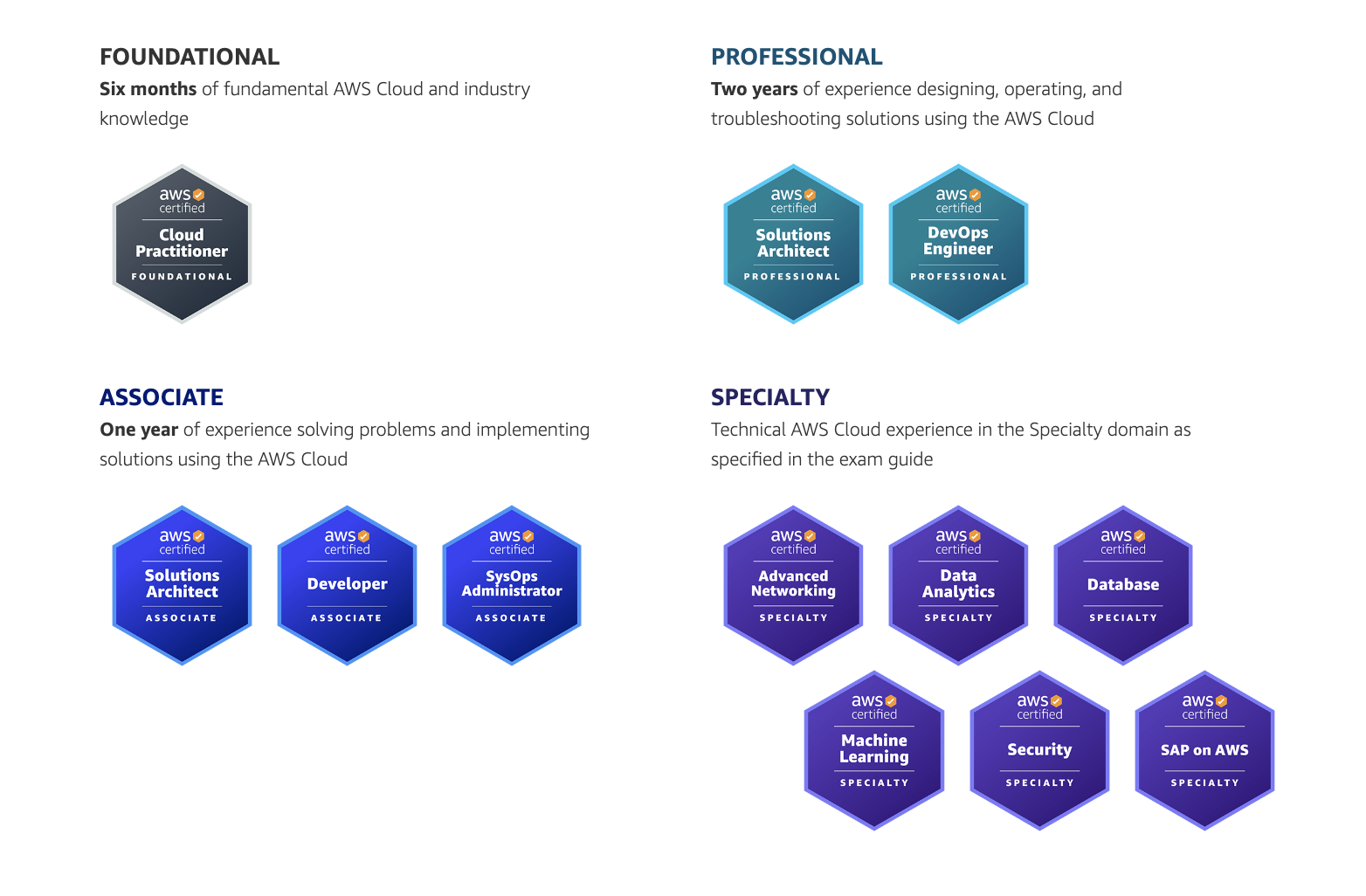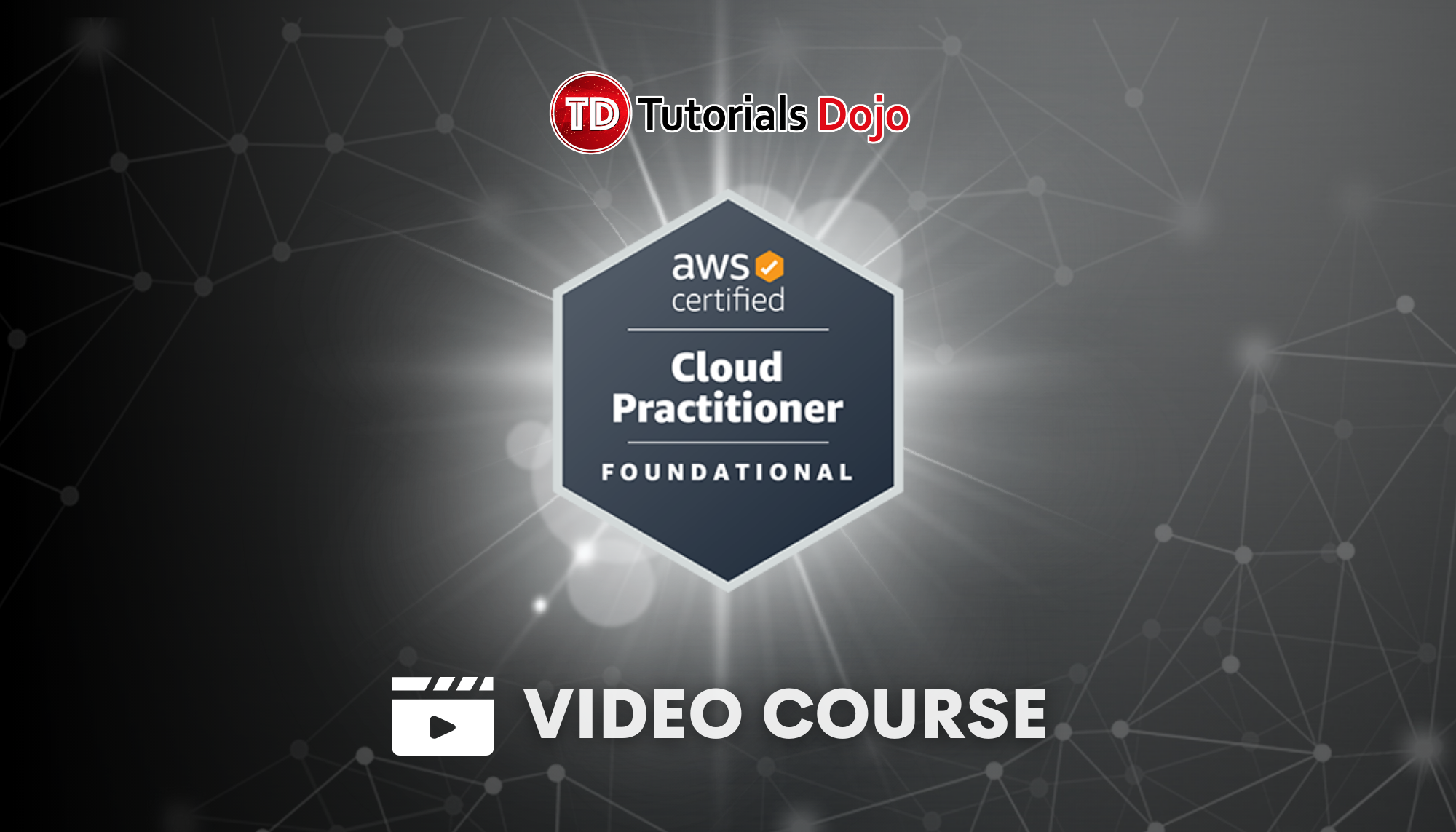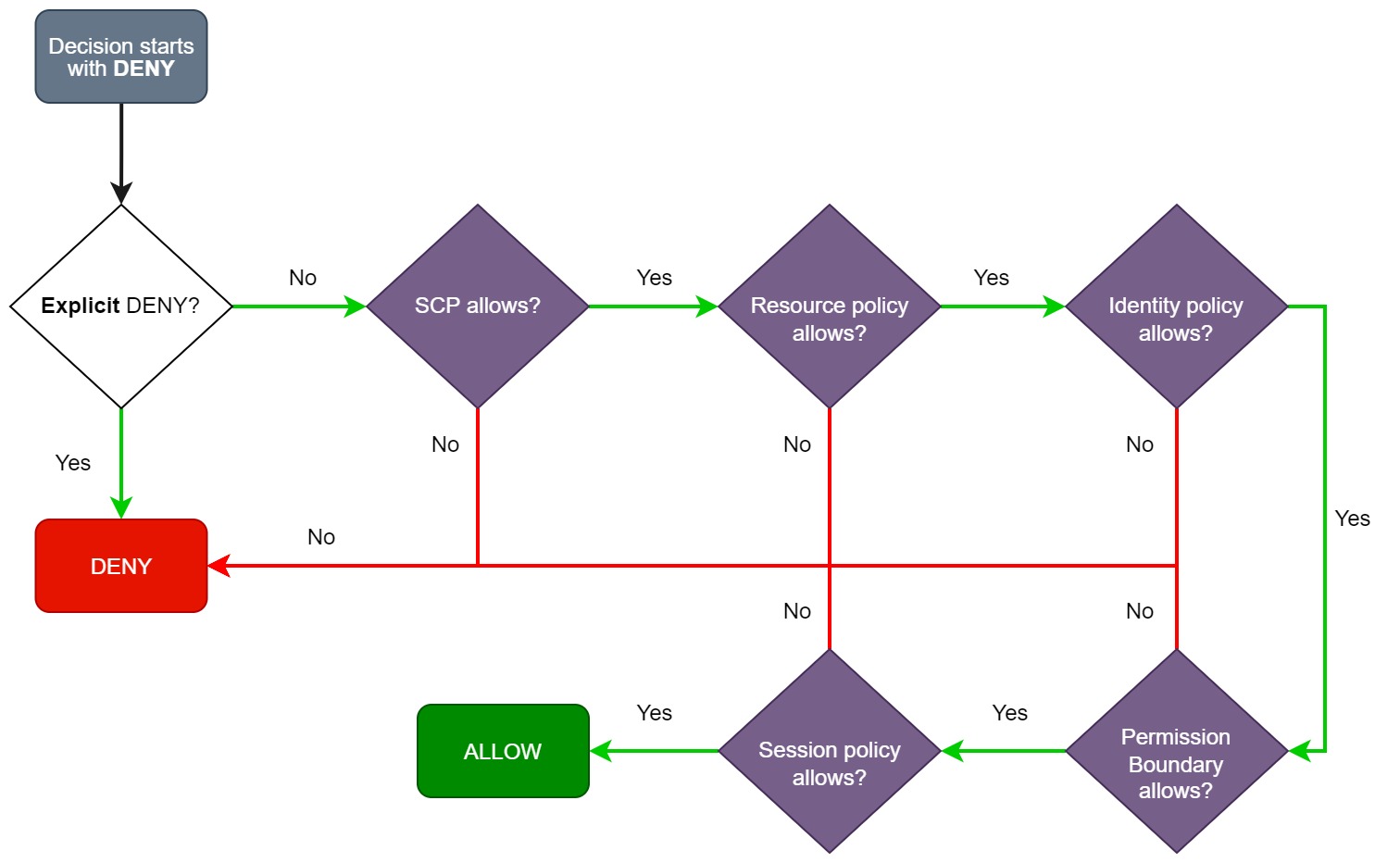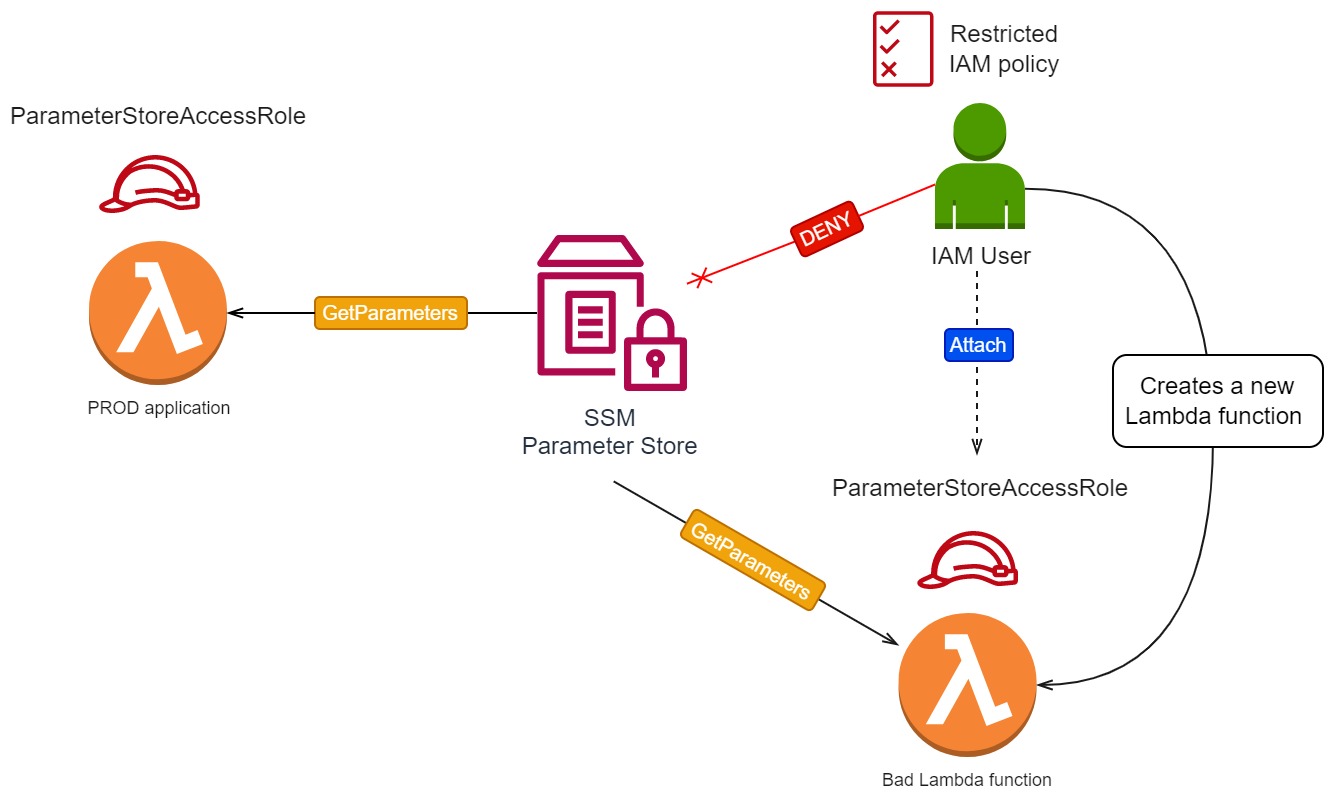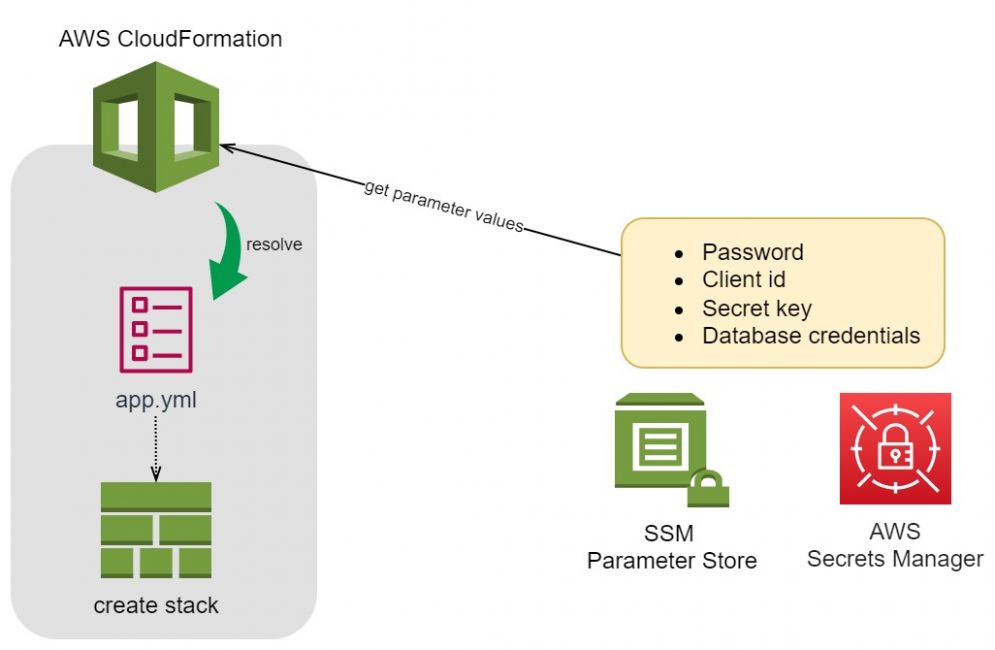Automating Amazon GuardDuty Notifications through Email Alerts
Amiel Palacol2023-05-26T04:25:10+00:00Amazon GuardDuty is a powerful security tool that helps to detect suspicious activities and threats in your AWS environment. It uses intelligent threat detection and provides you with a detailed view of potential security issues across your AWS account. Amazon GuardDuty continuously monitors your AWS resources and generates findings based on various threat intelligence sources. This allows you to identify security vulnerabilities and take necessary actions to secure your environment. One of the key features of Amazon GuardDuty is its ability to send notifications about potential security threats. These notifications can be sent to various destinations such as Amazon SNS, [...]




